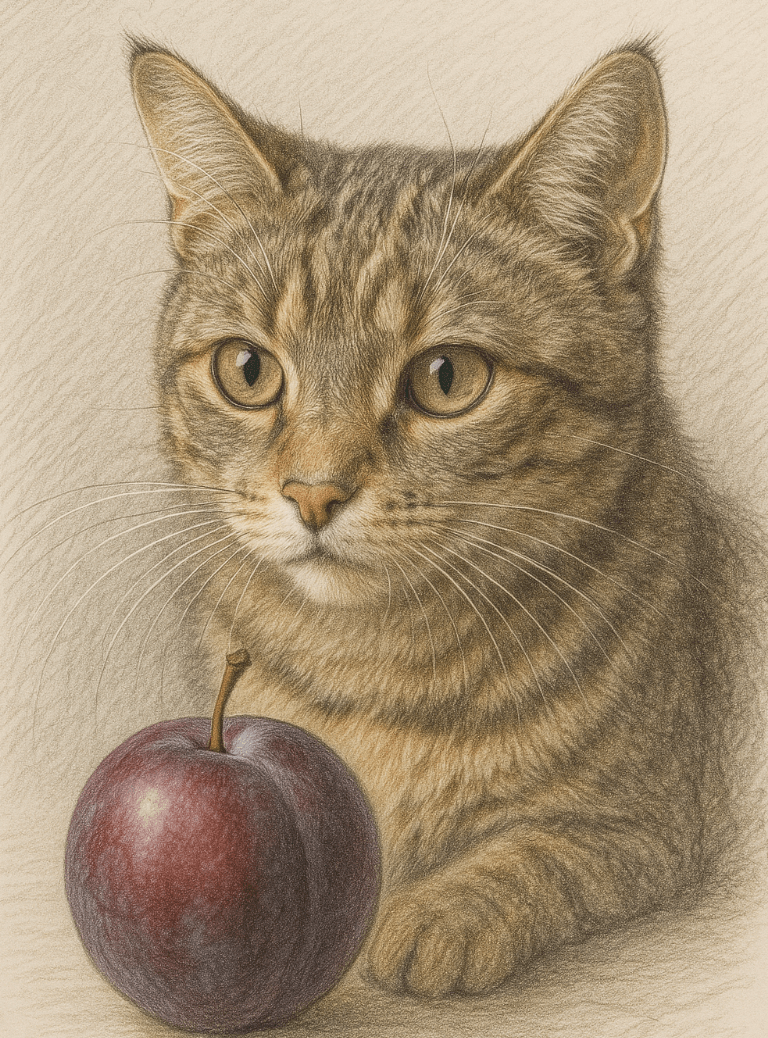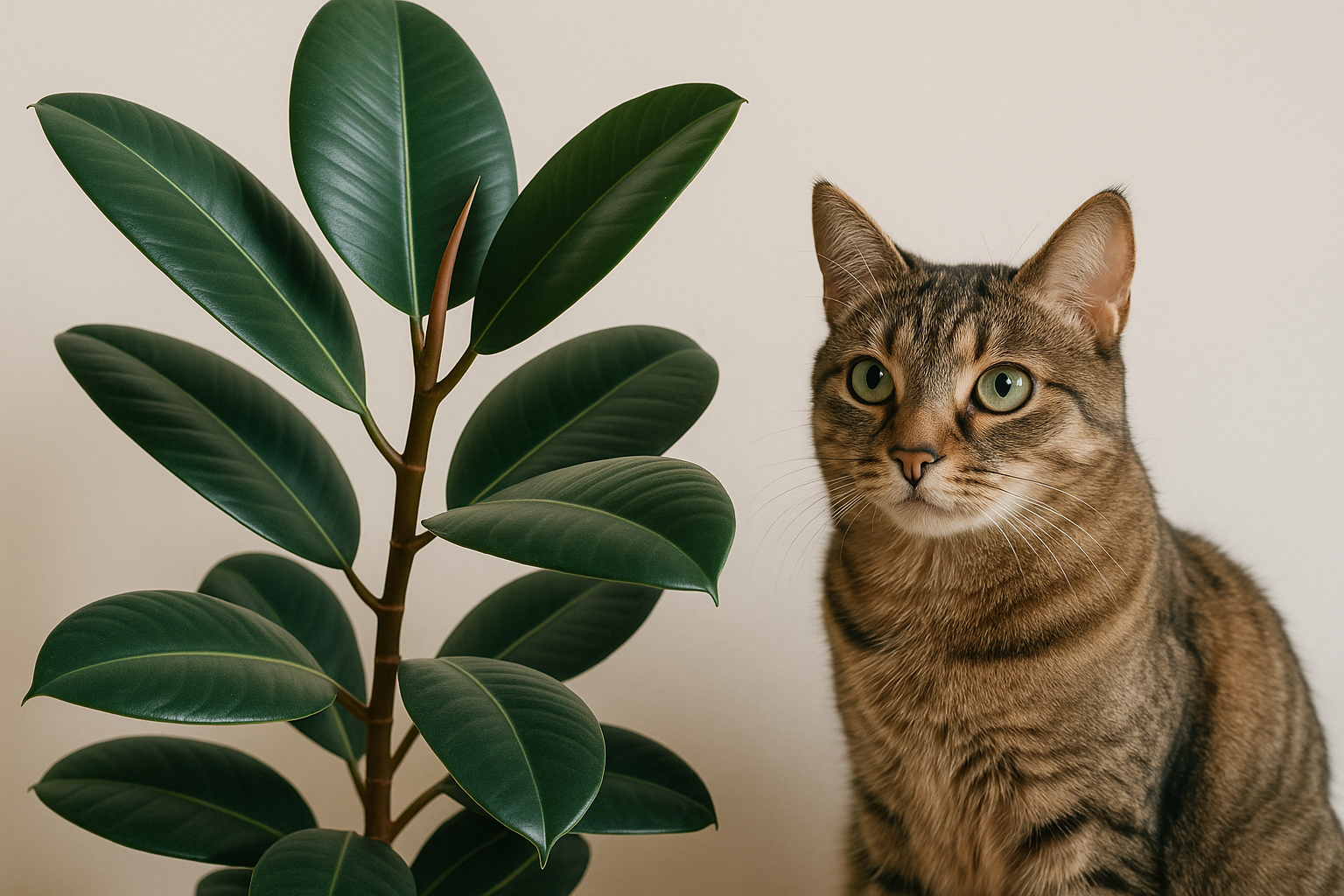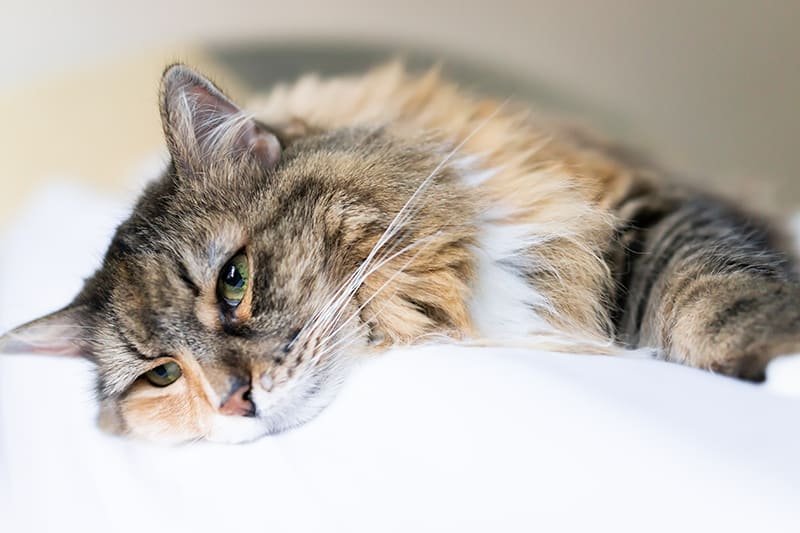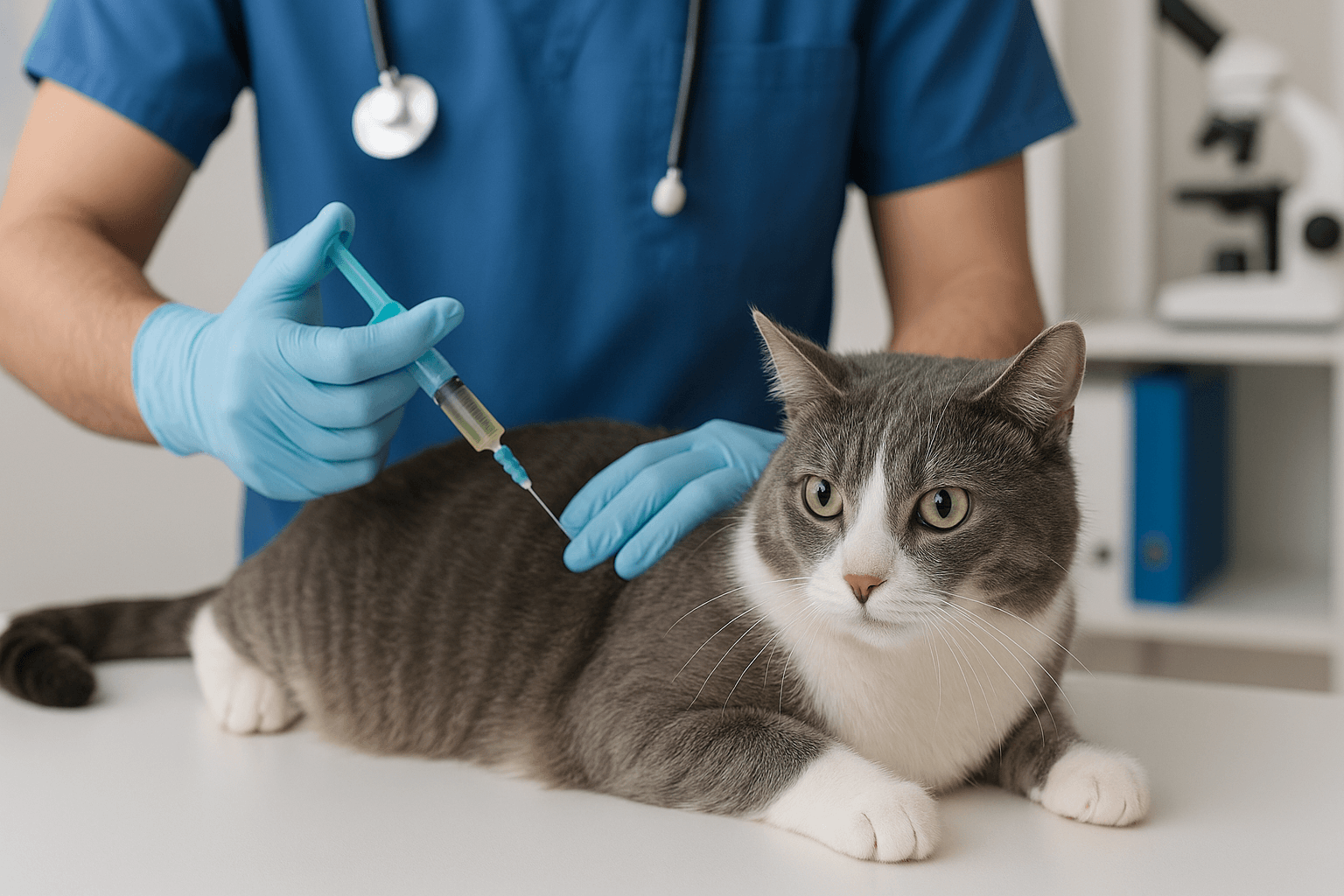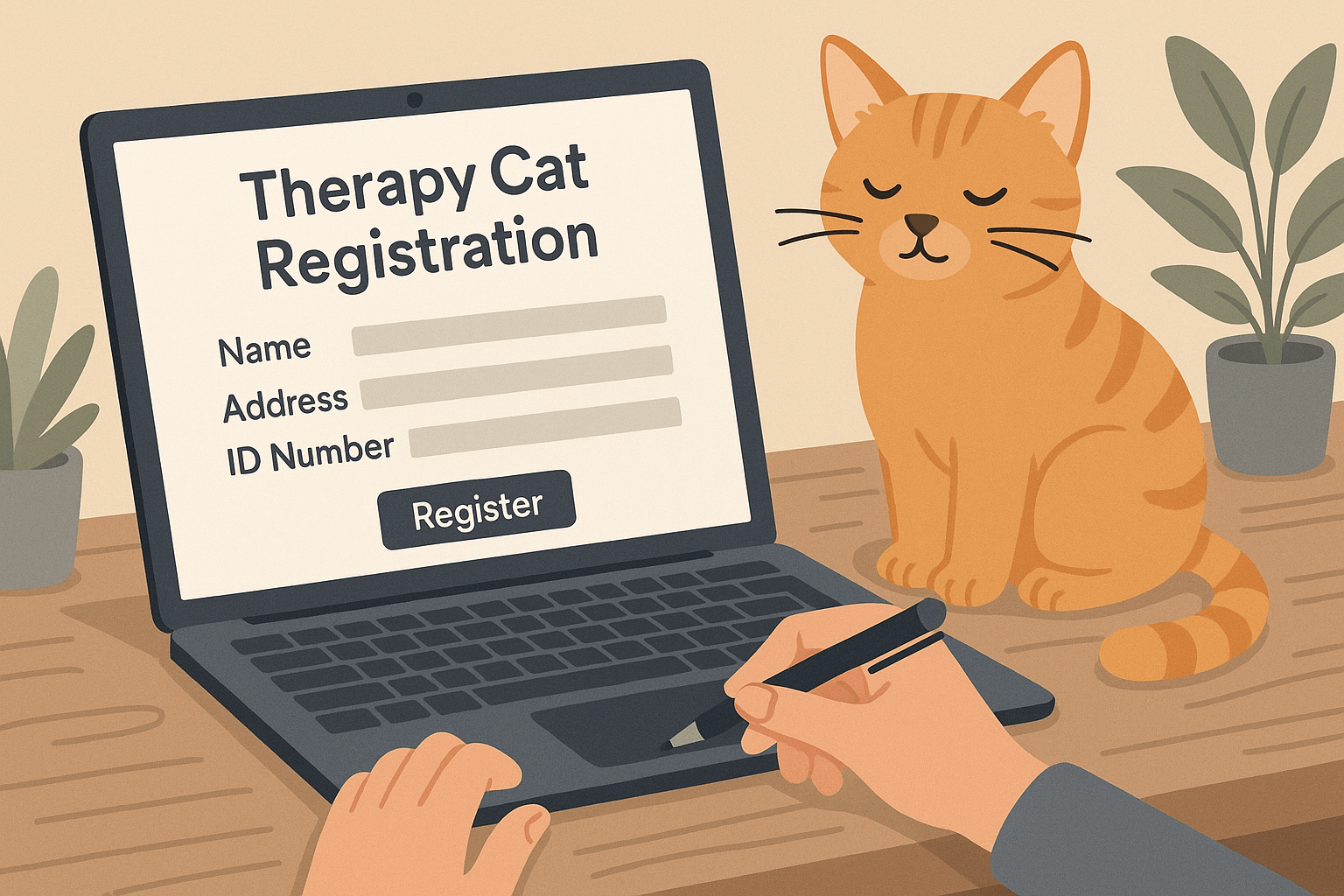Can Cats Eat Plums?
As a curious cat owner, you may have wondered whether plums are safe for your feline friend to eat. While cats are obligate carnivores and don’t require fruits in their diet, they sometimes show interest in human foods. Plums, with their sweet and juicy flesh, might seem like a harmless treat to share. However, it’s essential to understand the potential risks and benefits before offering this fruit to your cat. In this blog post, we’ll explore whether cats can eat plums, what precautions to take, and how to ensure your pet stays healthy while satisfying their curiosity about new foods.
Potential Risks of Feeding Plums to Cats
While plums are not toxic to cats in small amounts, certain parts of the fruit and its components can pose risks if consumed carelessly. Here’s what you need to watch out for.
Pits Contain Cyanide Compounds:
Plum pits contain amygdalin, which can release cyanide when chewed or digested. Even small amounts can be harmful to cats.Choking Hazard from Pits:
The hard pit of a plum is a choking risk, especially for curious cats who may try to bite into it.Gastrointestinal Upset:
The high fiber content in plums can cause digestive issues like vomiting or diarrhea if eaten in excess.Sugar Content:
Plums are naturally high in sugar, which can upset your cat’s stomach and lead to obesity or diabetes over time.Pesticide Residue:
Non-organic plums may carry pesticide residues that could harm your cat if ingested. Always wash fruit thoroughly before sharing.
These risks highlight why caution is crucial when considering feeding plums to your cat. Moderation and preparation are key to avoiding complications.
Benefits of Feeding Small Amounts of Plum Flesh (If Any)
Although plums aren’t a necessary part of a cat’s diet, tiny portions of the fruit’s flesh may offer some minor benefits if given responsibly.
Hydration Boost:
Plums are juicy and contain water, which can help keep your cat hydrated, especially during hot weather.Natural Antioxidants:
Plums contain antioxidants like vitamin C, which support overall health and immune function, though cats synthesize their own vitamin C.Dietary Variety:
Offering a small taste of plum flesh can provide sensory enrichment for your cat, satisfying their curiosity about new flavors.Low-Calorie Treat Option:
A tiny piece of plum flesh is low in calories compared to commercial cat treats, making it a lighter snack option.Encourages Playful Behavior:
Introducing novel foods like plums can stimulate your cat’s interest and encourage playful exploration.
While these benefits exist, they are minimal compared to the risks, so always prioritize moderation and safety.
Check this guide 👉Can Cats Eat Goldfish? Best 7 Expert Tips!
Check this guide 👉Can Cats Eat Cake? Best 7 Expert Tips!
Check this guide 👉Can Cats Eat Chia Seeds? Best 7 Expert Tips!
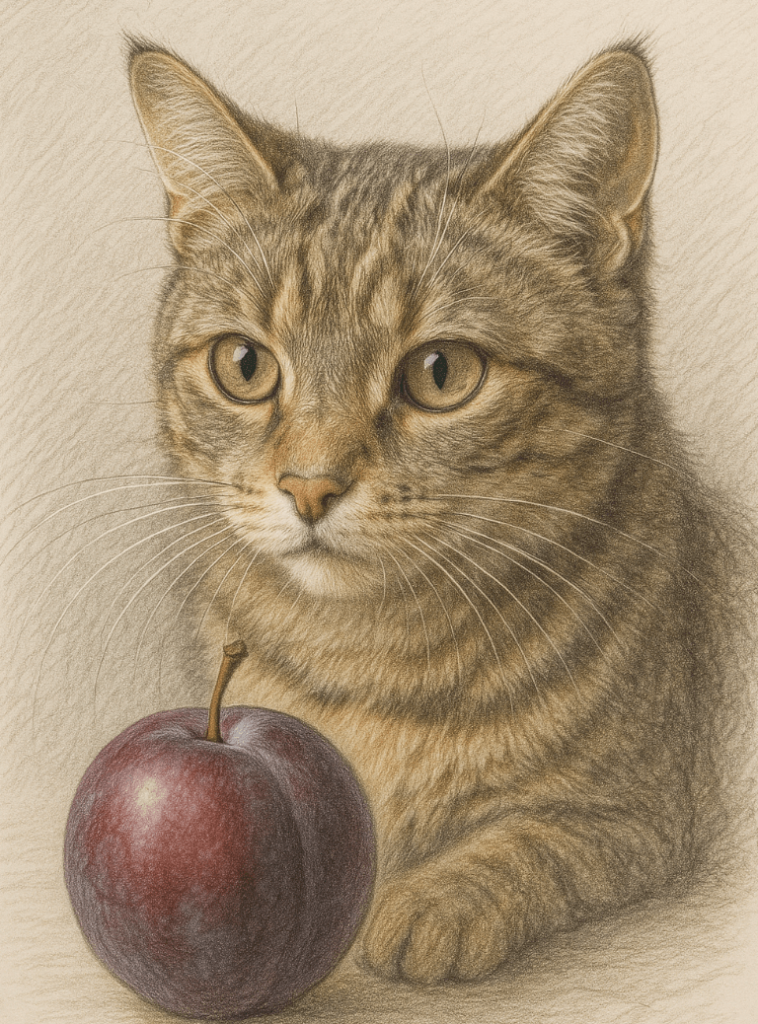
Safe Practices When Feeding Plums | Risks of Unsafe Plum Consumption |
|---|---|
Offer only the flesh, no pits | Choking hazard from swallowing pits |
Give tiny portions as an occasional treat | Cyanide poisoning from chewing pits |
Wash plums thoroughly to remove pesticides | Gastrointestinal upset from high fiber |
Monitor for allergic reactions | Obesity risk from high sugar content |
Consult your vet before introducing new foods | Potential toxicity from moldy plums |
How to Safely Introduce Plums to Your Cat
If you decide to let your cat try plums, it’s important to do so safely. Follow these guidelines to minimize risks and ensure a positive experience.
Remove the Pit Completely:
Always discard the pit to prevent choking or cyanide exposure. Never allow your cat access to whole plums.Cut into Tiny Pieces:
Slice the plum flesh into very small, bite-sized pieces to make it easier for your cat to eat without overindulging.Start with a Minimal Portion:
Begin by offering just one tiny piece to see how your cat reacts and whether they tolerate it well.Monitor for Adverse Reactions:
Watch for signs of digestive upset, such as vomiting, diarrhea, or lethargy, after introducing plums.Avoid Regular Feeding:
Plums should only be an occasional treat, not a regular part of your cat’s diet, due to their sugar and fiber content.
By following these steps, you can safely satisfy your cat’s curiosity about plums without compromising their health.
Signs Your Cat May Be Struggling After Eating Plums
Even with careful preparation, complications can arise if your cat consumes plums improperly. Look for these warning signs to act quickly if something goes wrong.
Vomiting or Diarrhea:
These symptoms indicate gastrointestinal distress, likely caused by the fruit’s fiber or sugar content.Excessive Drooling:
Drooling could signal irritation or discomfort in your cat’s mouth or throat.Lethargy or Weakness:
If your cat seems unusually tired or unresponsive, it could indicate poisoning from cyanide compounds in the pit.Difficulty Breathing:
Labored breathing is a serious sign of cyanide toxicity and requires immediate veterinary attention.Pawing at the Mouth:
This behavior often suggests that your cat is experiencing pain or has something stuck in their mouth, such as a pit fragment.
Recognizing these signs early allows you to seek veterinary care promptly, preventing further complications.
Common Mistakes to Avoid When Feeding Plums to Cats
Feeding plums to your cat requires careful consideration to avoid mistakes that could endanger their health. Here are some pitfalls to watch out for.
Offering Whole Plums:
Giving your cat access to a whole plum increases the risk of choking or cyanide exposure from the pit.Ignoring Allergies:
Some cats may have sensitivities to fruits like plums; always introduce new foods gradually and monitor reactions.Overfeeding Plums:
Even small portions can cause digestive upset if fed too frequently or in large amounts.Neglecting to Wash the Fruit:
Skipping the washing step leaves pesticide residue, which can harm your cat if ingested.Assuming Dried Plums Are Safe:
Prunes are more concentrated in sugar and fiber, making them unsuitable for cats.
Avoiding these mistakes ensures a safer and healthier experience for your cat.
Alternatives to Plums for Curious Cats
If you’re hesitant about feeding plums, there are plenty of safer alternatives that cater to your cat’s curiosity without the associated risks.
Cucumber Slices:
Low in calories and hydrating, cucumber is a safe and refreshing snack for cats.Steamed Carrots:
Rich in vitamins, steamed carrots are easy to digest and make a great occasional treat.Blueberries:
These antioxidant-rich berries are small, soft, and safe for cats in moderation.Watermelon (Seedless):
Seedless watermelon provides hydration and a sweet flavor without added sugars.Cooked Plain Chicken:
A protein-rich option, cooked chicken aligns with your cat’s natural dietary needs.
These alternatives allow you to indulge your cat’s adventurous palate while keeping them safe.
Understanding Your Cat’s Natural Instincts Around Human Foods
Cats are naturally curious creatures, and their interest in human foods stems from their instincts and environment. Understanding these behaviors helps explain their fascination.
Exploratory Behavior:
Cats use their senses to explore new objects, including food, driven by their innate curiosity.Mimicking Owners’ Habits:
Observing you eat may spark interest in trying similar foods, even if they’re not suited for felines.Nutrient Seeking:
Though rare, some cats may seek specific nutrients found in fruits, mistaking them for dietary needs.Playful Interaction:
Food can become a toy for cats, leading them to bat, paw, or nibble on items like plums.Territorial Marking:
Biting or tasting objects, including food, can serve as a way for cats to assert ownership or relieve stress.
By recognizing these behaviors, you can better address your cat’s needs in a safe and controlled manner.
Frequently Asked Questions About Cats and Plums
Can cats eat the skin of a plum?
Yes, but only if it’s thoroughly washed to remove pesticides. Peel the skin if you’re unsure about cleanliness.
What happens if my cat eats a plum pit?
If swallowed whole, it may pass through their system, but monitor for choking or blockages. If chewed, contact your vet immediately due to cyanide risk.
How much plum is safe for my cat?
Limit plum treats to a single, pea-sized piece once or twice a month to avoid digestive issues.
Are dried plums (prunes) safe for cats?
No, prunes are higher in sugar and fiber, increasing the risk of gastrointestinal upset and dehydration.
Should I consult my vet before feeding plums?
Yes, especially if your cat has underlying health conditions or dietary restrictions.
Prioritizing Your Cat’s Health When It Comes to Plums
While plums aren’t inherently toxic to cats, they come with significant risks that must be carefully managed. By understanding the dangers posed by pits, sugar, and fiber, you can determine whether this fruit is appropriate for your feline companion. Always prioritize moderation, preparation, and veterinary guidance to ensure your cat stays healthy and happy. Remember, your cat relies on you to make the best dietary choices for them—so when in doubt, stick to species-appropriate foods and treats designed specifically for cats.
Is the Rubber Tree Cat Safe? Best 7 Expert Tips! Discover expert advice on keeping rubber plants safely in cat-friendly homes and learn top tips for pet-safe plant care.
Low Red Blood Cell Count in Cats: Best 7 Expert Tips! Discover causes, symptoms, and treatment options for feline anemia. Learn how to support your cat’s health effectively with expert advice.
Understanding Megacolon Treatment: Best 7 Expert Tips! Discover effective strategies to manage feline megacolon, from dietary changes to surgical options, ensuring your cat’s comfort and long-term health.
How to Register a Therapy Cat: Best 7 Expert Tips! Discover essential steps to certify your cat as a therapy animal, prepare them for training, and make a meaningful impact in therapeutic settings.

